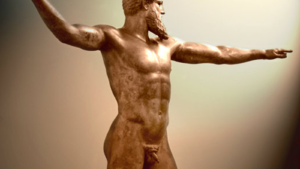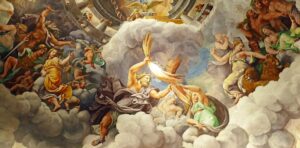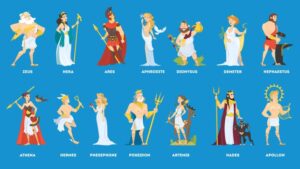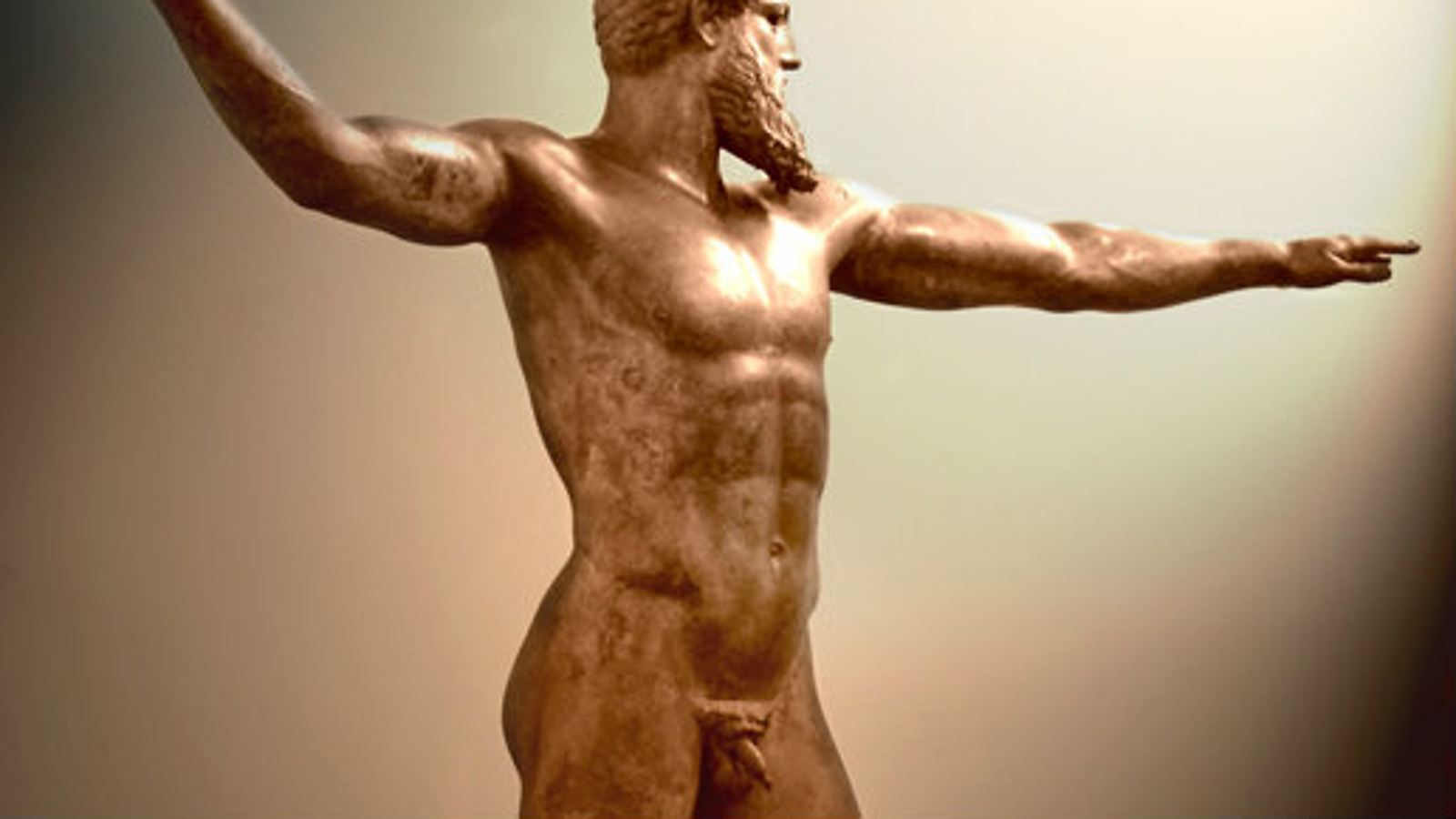
Penis-shaped images or statues are often found in ancient Greek and Roman art. In short, sex was ubiquitous in Greek and Roman art.
During the Renaissance and beyond, the findings of these erotic art relics were often censored. Is this erotic art worthy of being considered an ancient form of pornography?
It’s hard to say to what extent people used to use explicit erotic imagery to provoke passion. Of course, the popular erotic scenes in the vessels would provide an exciting atmosphere at Athenian feasts when wine was consumed.
Why Is There Is So Much Penis Displayed in Greek Gods Statue?
This type of scene is very popular in kylix, or wine cups, especially inside the tondo (center panel of the cup). Hetairai (high class prostitutes) and pornai (slave prostitutes) may be attending the same party, so the scene may be used as a stimulus.
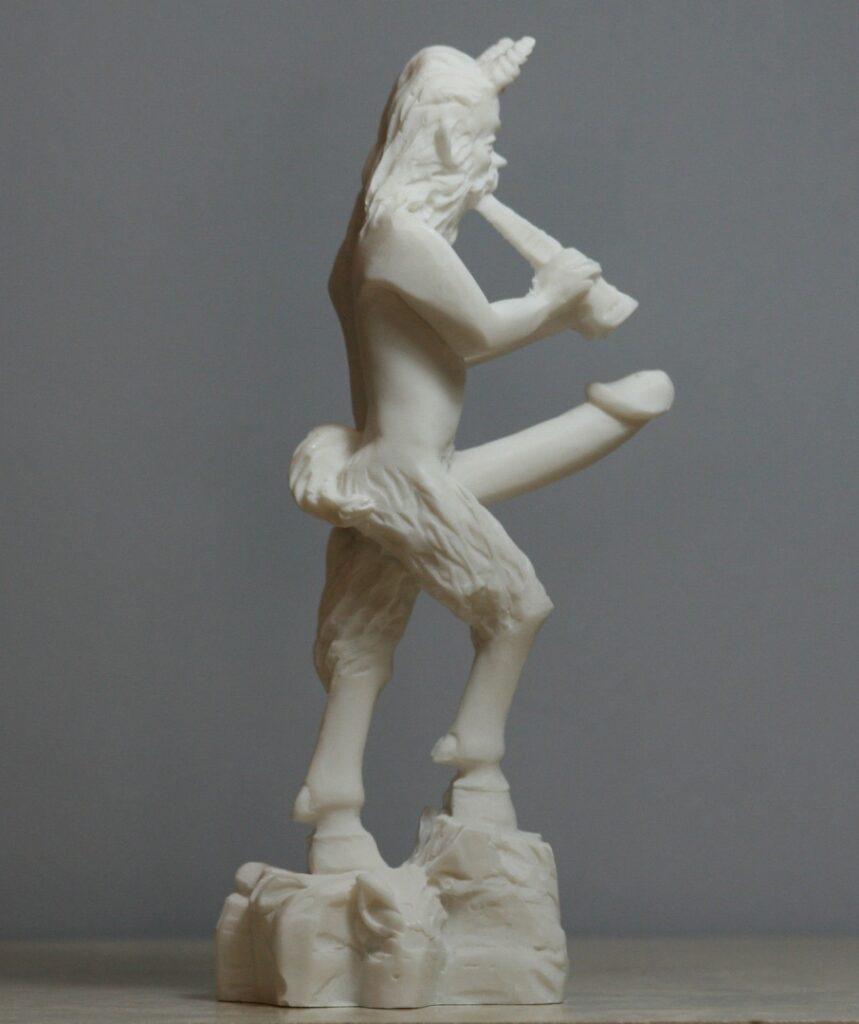
Erotic art created by painting was later replaced by erotic depictions made by printing in later Greek and Roman eras. What is clear, the use must be the same. Agedan sex with strong drinks in this erotic art series.
Statue of God Hermes’ head and penis. Penis-shaped images or statues are often found in ancient Greek and Roman art. What does that mean? Zde/Wikimedia Commons
Statue of God Hermes’ head and penis. Penis-shaped images or statues are often found in ancient Greek and Roman art. What does it mean?
Are There Any Symbolic Means to It?
For example, as quoted from Ancient Origins, on stone statues with a head (usually the head of Hermes) on a rectangular pillar, the male genitals are usually also carved. These blocks were placed on the border for protection, and were so valued that in 415 BC when these statues of
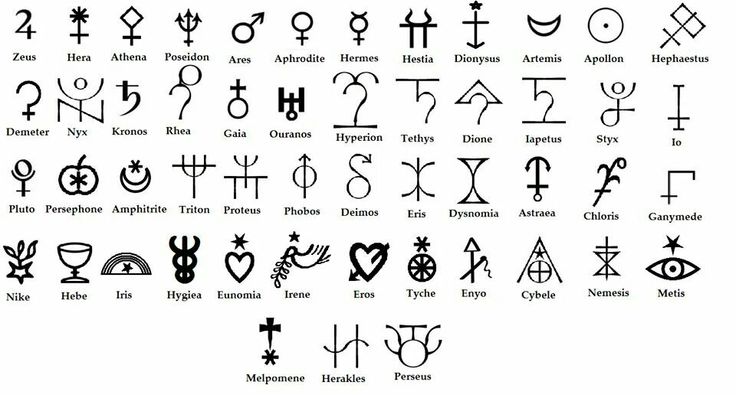
Apart from this hand—or rather his three fingers—the only other part of the statue that remained was the elbow. The statue’s hands and elbows can be seen by those who visit the remains of the Temple of Hercules Amman today.
During the 1st century BC, modern Jordan was under Roman rule. At that time, Amman was one of the Ten Decapolis Cities, and was known by its Greek name as Philadelphia.


